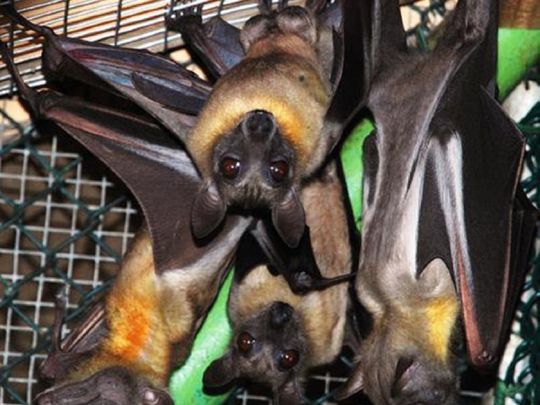
DUBAI: If you see bats, leave them alone, unless you have a good reason that will benefit humanity. So said Dr. Reza Khan, Principal Wildlife Specialist, Dubai Safari, Dubai Municipality. Following are excerpts of the interview with Gulf News.
1. How many known species of bats are there in the UAE, and the greater Arabian peninsula?
There are 9 species in the UAE and 50-plus species in the Arabian Peninsula (estimate ranges from 50 to 55 species). UAE number could definitely go over a dozen, if studies are done on the bats.
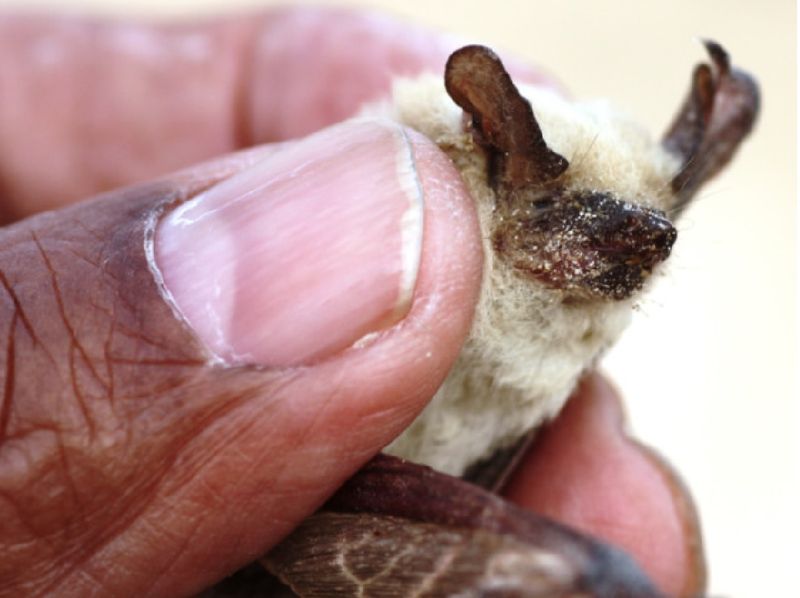
2. Are there cave-dwelling bats in the UAE? Any estimate of the bat population in the UAE/Arabian peninsula?
Yes, there are cave-dwellers but there's no estimate of cave dwellers or others. No systematic study has been done on the bat fauna of the UAE. Same is true for the whole of Arabia. Outside UAE, species identification and some of their concentrations have been found. But not much had been done to study the bat population, which is a long-term time- and money-consuming affair. This is lacking in Arabia for non-iconic species like Houbara, Oryx, Gazelle, dugong, dolphin and some island birds.
Most members of the public have no business with wild animals. We enjoy their beauty, we love them, we take pictures of them. We don't touch them. That is the formula all of us should be following.

3. Are bats also migratory, like birds, shifting with the seasons?
Yes, there are migratory species, but they do not form large swarms as is done by migratory shorebirds or massive migration of Bat from Austin Texas in USA to Mexico where nearly a million bats migrate.
4. Bats are known as carriers of numerous viruses, some can be deadly to humans. Is there anything good in bats?
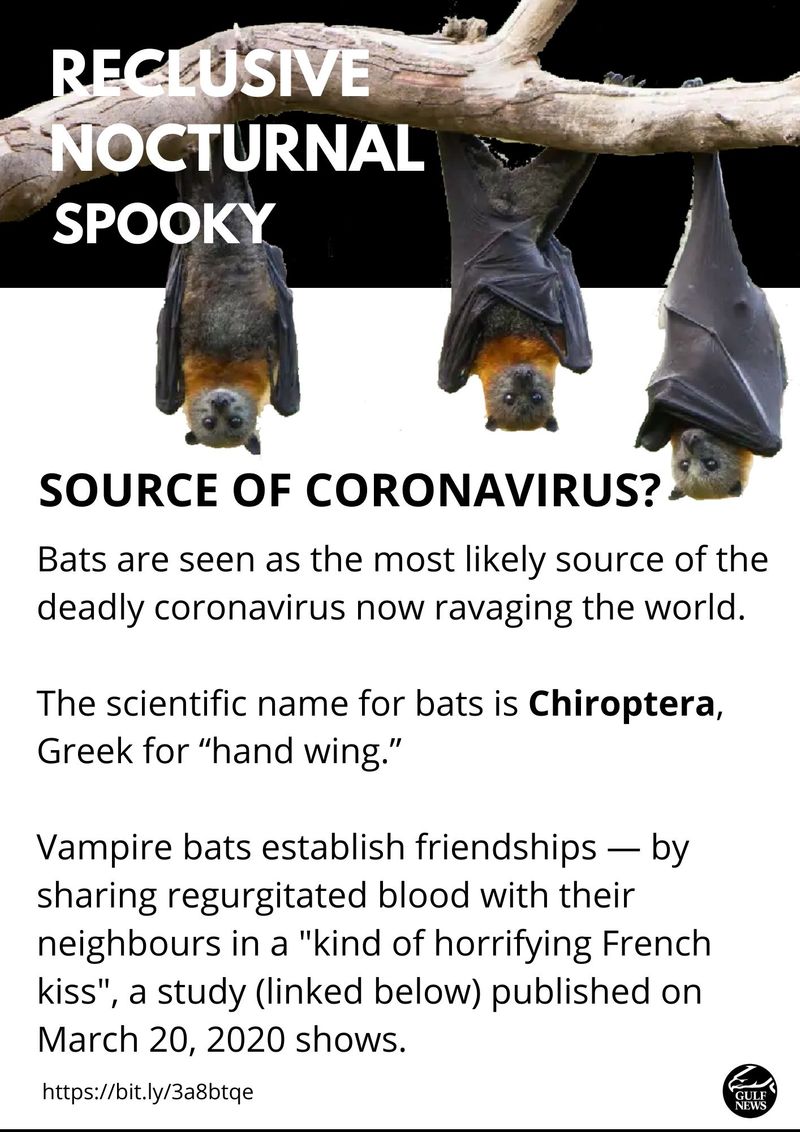
They are all good. But when humans abuse them or misuse them, they suffer. This is of no fault of the bats: 99% bats are responsible for the destruction of insects that harm our crops in fields or in gardens. All fruit bats are responsible for the pollination of wildflowers e.g. the fruitbats pollinate the banana, guava flowers. Most of them feed on mosquitoes, moth, nocturnal species, and small insects.
5. Do we have bats in the city? Do they live in cities too? If so, where typically?
We do not have large fruit eating bats in cities, but small insect-eating bats, such as the Pipistrelles could be present in cities. They become active just around the sundown and keep feeding on flying insects almost all night. They rest by day in crevices in buildings and in trees.
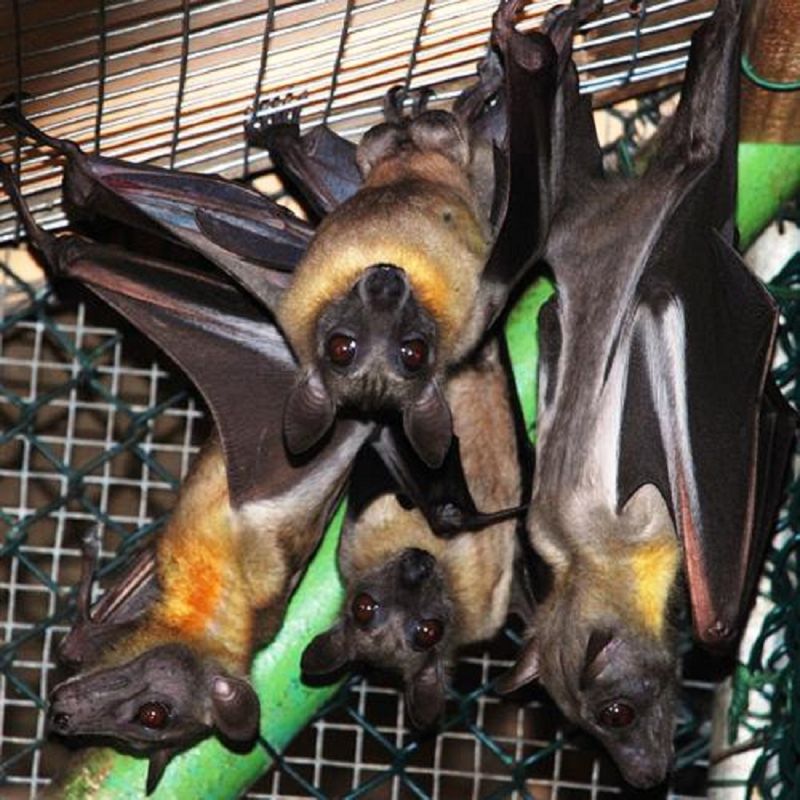
However, if one finds an Egyptian fruit bat in a date palm garden or an orchard in Awir-Khawaneej, we should not be surprised because fruit bats can move some 20 to 50 km a night to gather food and return to their favourite haunts in the hills or in dilapidated buildings/ruins.
6. What should people do when they see bats?
If anyone sees a bat, they should never touch it, like you don't touch a snake when you see one. Most members of the public have no business with wild animals. We enjoy their beauty, we love them, we take pictures of them. We don't touch them. That is the formula all of us should be following.
7. Is there a need to further study bats, especially in the Arabian peninsula?
There should be continuous monitoring of their habitat in the wild and in captivity, and conduct studies in-situ, or ex-situ conditions. Study of bats is a real necessity, for all countries in the world.
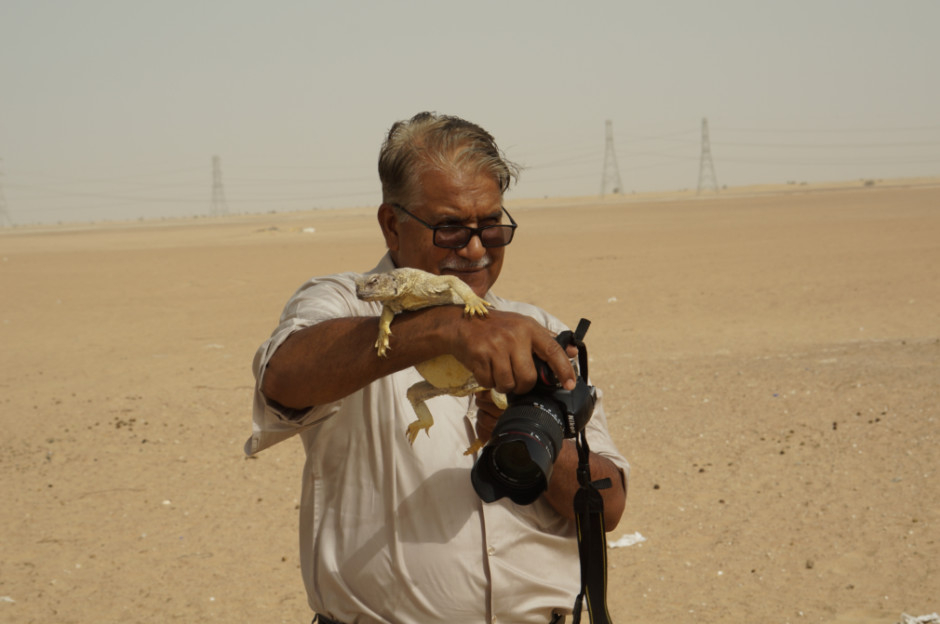
I just want to request the members of the public not to be afraid of bats. Bats are doing a great job. I live inside the zoo (Dubai Safari). Every evening I walk around and I see them flying over my head. In the city, sometimes people could see them between cracks of buildings, it could be half a centimetre, they're so small in size and could be living in building crevices. Every night, they destroy thousands of insects which otherwise could create problems for us...we need to be patient with bats. Our people working in the health and environment sectors, need to do a lot of work on bats, about the benefits they have, and the possible harm they carry, like viruses.








